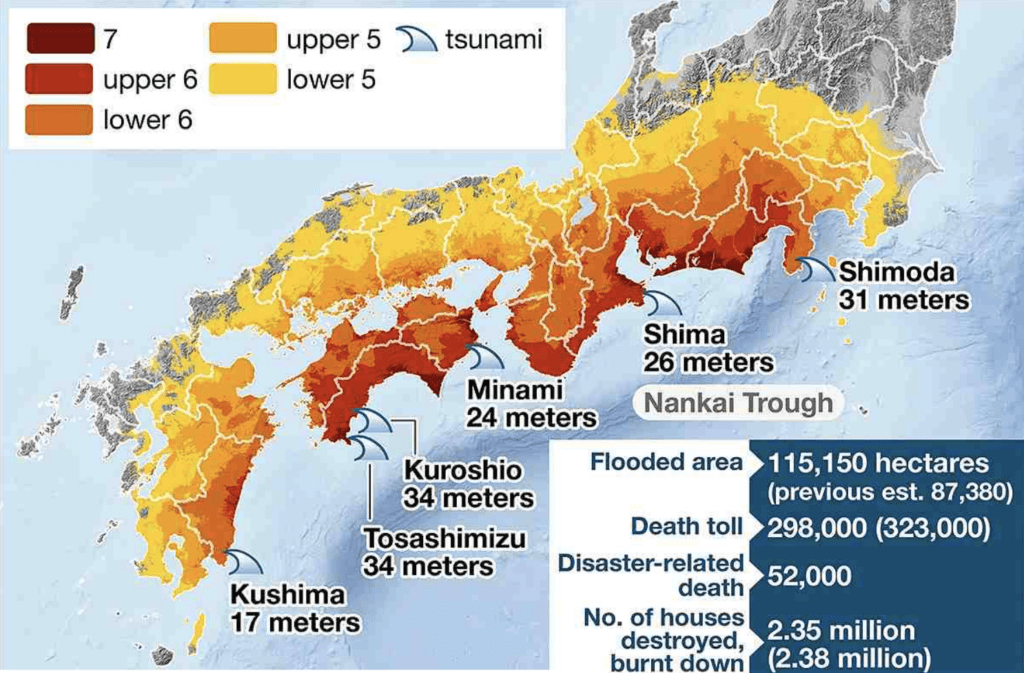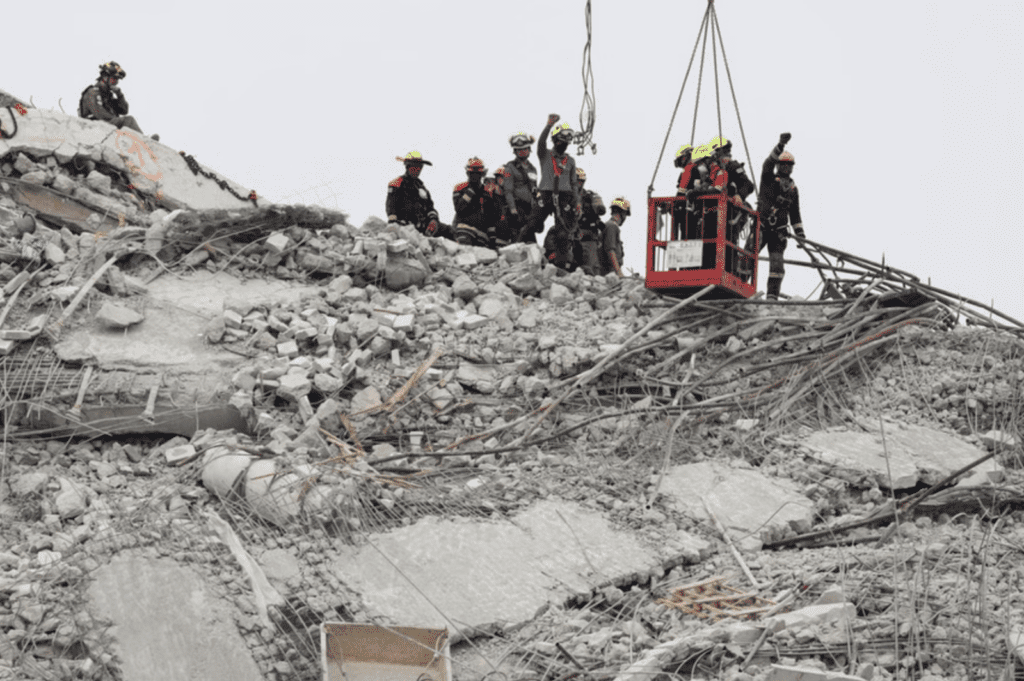(Credit: Reuters)
A catastrophic 7.7-magnitude earthquake struck Myanmar’s Sagaing region near Mandalay on 28 March 2025, causing widespread destruction and loss of life. The tremors were strongly felt across neighbouring Thailand, with Bangkok, Chiang Mai, and Khon Kaen experiencing noticeable shaking. Office workers in high-rise buildings reported swaying sensations, triggering mass evacuations, according to Thaiger. The disaster has claimed at least 2,000 lives, with many still trapped beneath the rubble, reports Reuters. By 31 March, signs of life were detected amid the ruins of a collapsed skyscraper in Bangkok, as rescue operations continued three days after the quake.
Myanmar Crisis: Aftershocks and Healthcare Damage
The impact on Myanmar has been devastating, with locals reporting sleepless nights and immense challenges in rebuilding due to persistent aftershocks, according to the BBC. Margaret Harris from the World Health Organisation (WHO) stated that several hospitals in Myanmar were severely affected by the earthquake, with at least three completely out of service and the remaining 22 partially damaged, rendering them barely functional.
Thailand’s Impact
Bangkok Post reports that the Bangkok Metropolitan Administration (BMA) will examine over 700 instances of structural damage in the capital. On 29 March 2025, the governor stated that the BMA had received 2,000 damage reports following the earthquake.
In another article from Bangkok Post, the massive earthquake caused a building site collapse in Bangkok, and as of 31 March 2025, the death toll has risen to 13.
Japan’s Rising Earthquake Risk

Based on data provided by Central Disaster Management Council’s working group. (Credit: The Japan News)
As Myanmar reels from one of its deadliest quakes in recent history, Japan is bracing for a looming seismic threat of its own. The government’s Earthquake Research Committee has raised the probability of a magnitude 8 or 9 earthquake striking the Nankai Trough within the next 30 years to approximately 80%, reports The Japan News. A recent government report estimates that such a megaquake could result in 298,000 fatalities and cause economic damages of around ¥292 trillion (S$2 trillion). The predicted tsunami impact zone has also been revised, now estimated to be 30% larger than previous forecasts.
The inevitable Nankai Trough Earthquake
Takeshi Miwa, who leads the Insurance & Risk Management Group at Asahi Kasei Corporation, shared that the Nankai Trough Earthquake is widely considered inevitable by many in Japan. He expressed concern that residential areas remain insufficiently earthquake-proof, particularly in densely built neighbourhoods with older homes, such as those in the Tokyo metropolitan area. In these areas, the risk of extensive fire damage following a major quake is especially high.
Kei Masuyama, a risk manager at Mitsubishi Heavy Industries, explained that a Nankai Trough Earthquake would result in significant ground shock losses and widespread tsunami damage, particularly in coastal regions.
“To prepare for shock losses, building reinforcement is key. The Japanese government enacted the 1995 Earthquake-Resistant Structures Act to strengthen major facilities like schools and hospitals—over 98% have since been retrofitted. For tsunami risk, evacuation towers and designated buildings have been widely established and communicated to residents and businesses in affected areas.”
To minimise economic damage, Kei mentioned that conducting risk assessments for properties in affected zones, identifying non-earthquake-resistant buildings and factories, and collaborating with management to prioritise necessary actions.
“After that agreed actions progress will be followed up every 3 months until the completion. Also discuss with local government to construct levee and replace valuable stuffs like electric equipment in the Tsunami-expected area as much as possible.”
Business Preparedness and BCP in Japan
Yosuke Happo, Managing Executive Officer and Senior Vice President of Logistics & IMT at Inpex Corporation, noted that many companies, including Inpex, are actively preparing for the economic fallout of earthquakes through insurance and robust Business Continuity Plans (BCP).
“These protocols are designed for the potential scenario of an earthquake centered directly under the Tokyo metropolitan area. The BCP and other manuals stipulate not only for setting up temporary offices, but also for guiding employee responses in the event of an earthquake occurring during a holiday or at night, as well as procedures for returning home from the office. We conduct an annual crisis response drill for this earthquake scenario. Lessons learned from drills are utilised to continuously strengthen our disaster preparedness, including by improving our manuals and reviewing our materials, equipment, and reserves.”
Seismic Resilience: A Shared Responsibility for Asia
As Asia grapples with escalating seismic risks, the tragedies unfolding in Myanmar serve as a sobering reminder of the urgent need for preparedness resilience and cross-border collaboration. As the probability of a major Nankai Trough Earthquake looms, it underscores the importance of long-term risk mitigation efforts, such as Japan’s proactive policies and BCPs. Strengthening disaster resilience is no longer a choice, but a shared responsibility across the region.








